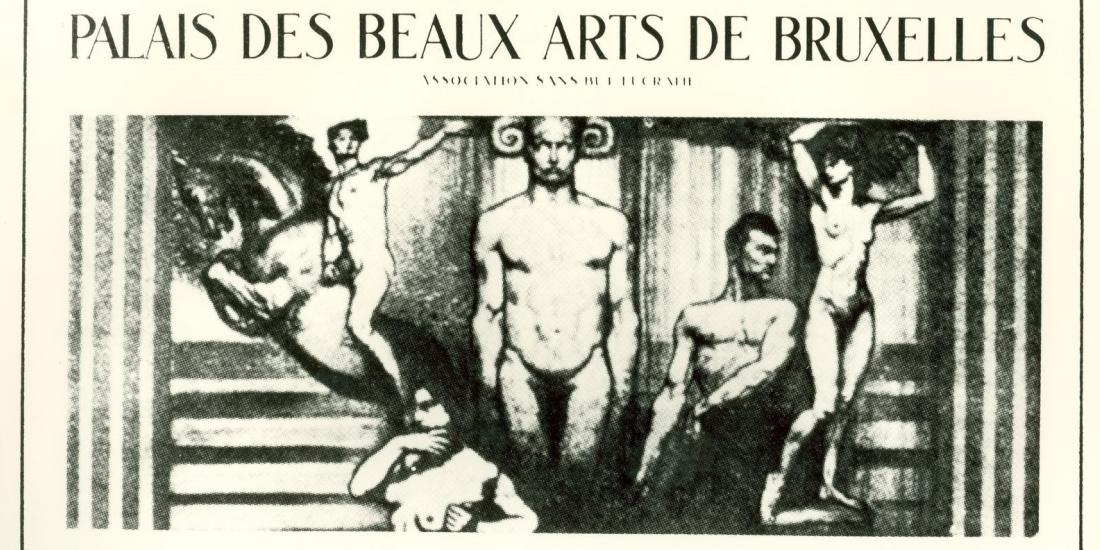The project for a new Centre for Fine Arts resumed after World War I. In 1919, the Minister of Public Works, Édouard Anseele, selected the most renowned Belgian architect to design the building: Victor Horta.
The Senate refused the government’s request for funding. As a result, the project’s supporters, led by Adolphe Max, solicited the help of a major public figure, Henry Le Bœuf, banker, concert organiser and music critic.
In order to win Senate approval, and following the recommendations of painter Fernand Khnopff, a decision was made to “form a type of company that is both private and of public interest”.
The Centre for Fine Arts started out on 4th April 1922 as a non-profit organisation, a private law institution founded with the cooperation of the Belgian State and the city of Brussels. The city made the building plot available. The state provided the loan needed to build the Centre for Fine Arts. Mayor Adolphe Max became the first chairman of the board of directors of the Centre for Fine Arts society (asbl Palais des Beaux-Arts · vzw Paleis voor Schone Kunsten), and banker Henry Le Boeuf the managing director.
